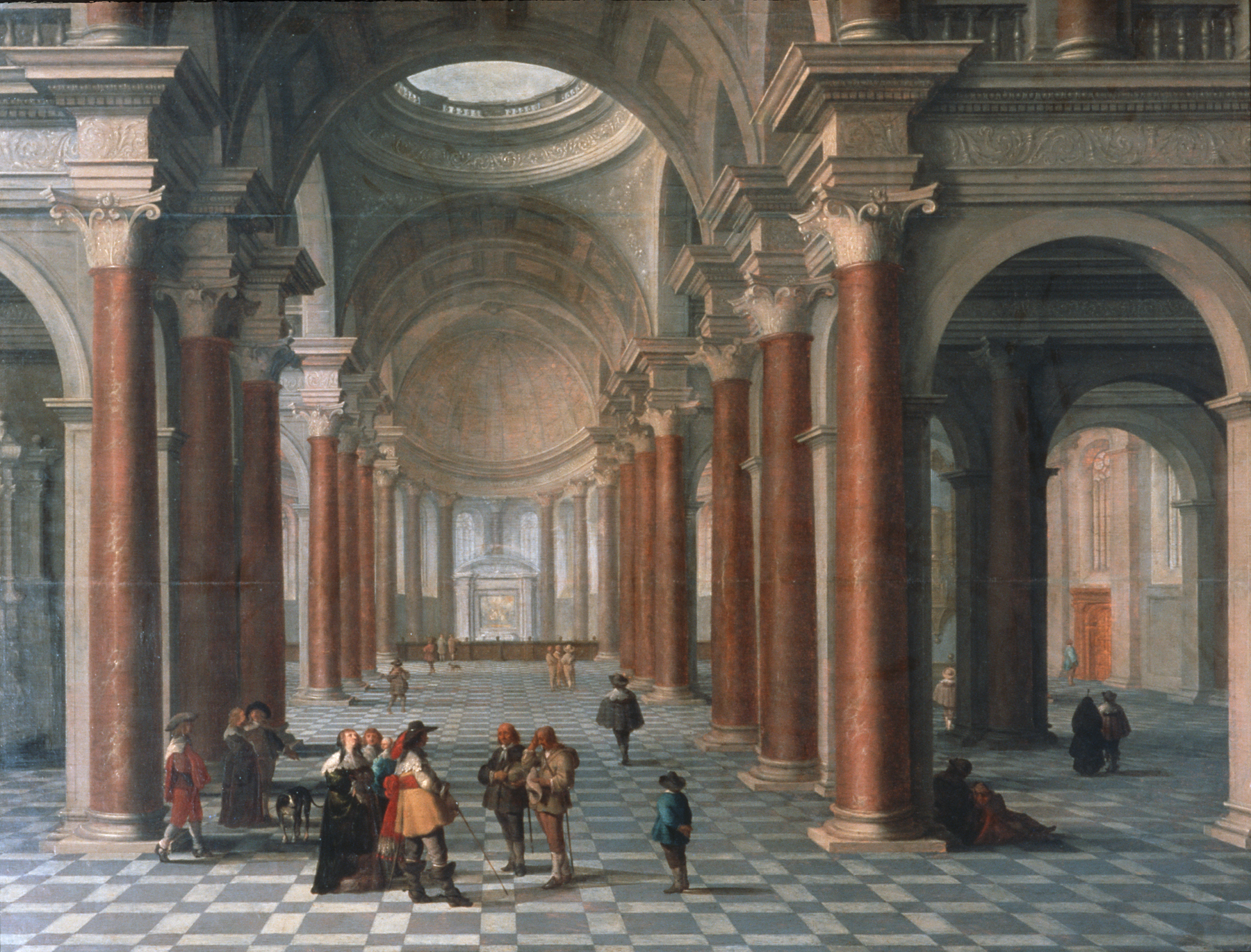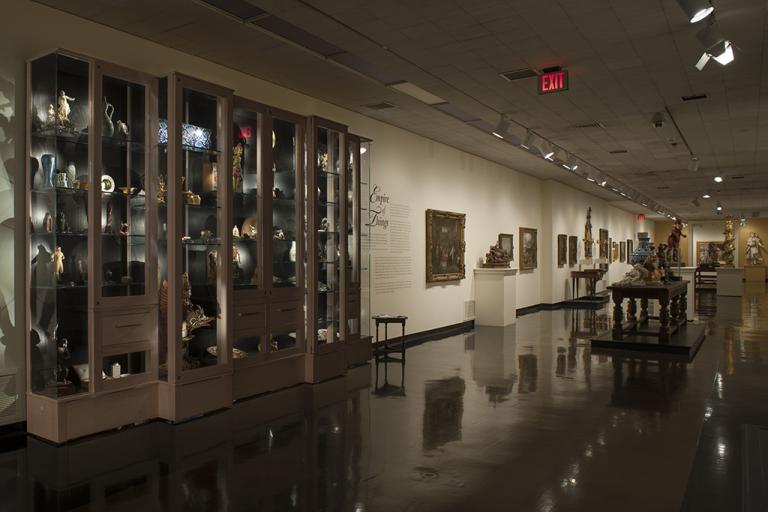Church Interior, Jan van Vucht; Anthonie Palamedesz.
Artwork Overview
Jan van Vucht, artist
1603–1637
Anthonie Palamedesz., artist
1601–1673
Church Interior,
circa 1625–1632
Where object was made: Dutch Republic (present-day Netherlands)
Material/technique: oil; panel
Dimensions:
Canvas/Support (Height x Width x Depth): 79.37 x 103.19 cm
Canvas/Support (Height x Width x Depth): 31 1/4 x 40 5/8 in
Frame Dimensions (Height x Width x Depth): 106.68 x 130.81 x 6.35 in
Canvas/Support (Height x Width x Depth): 79.37 x 103.19 cm
Canvas/Support (Height x Width x Depth): 31 1/4 x 40 5/8 in
Frame Dimensions (Height x Width x Depth): 106.68 x 130.81 x 6.35 in
Credit line: Museum purchase
Accession number: 1982.0119
Not on display
If you wish to reproduce this image, please submit an image request







